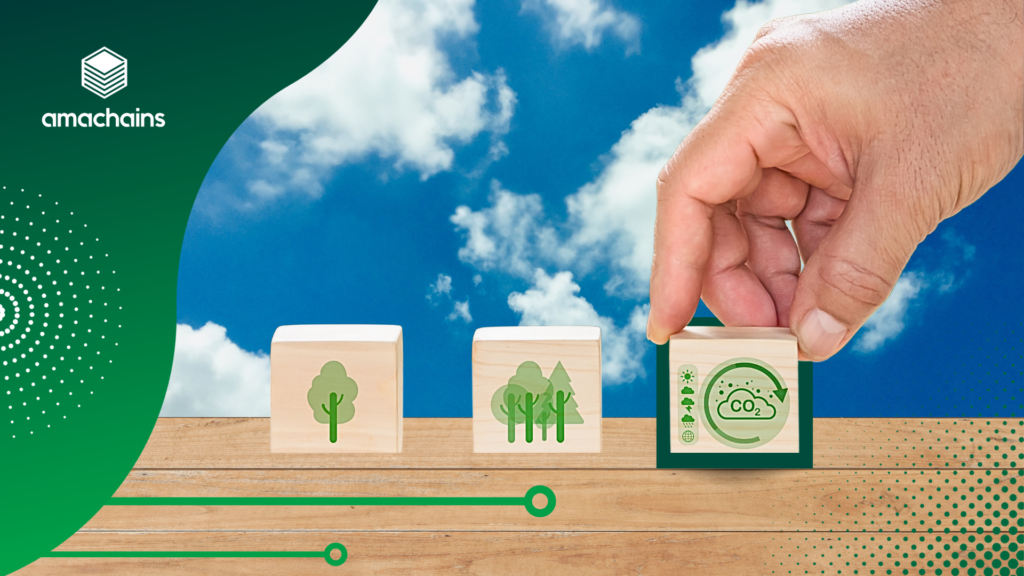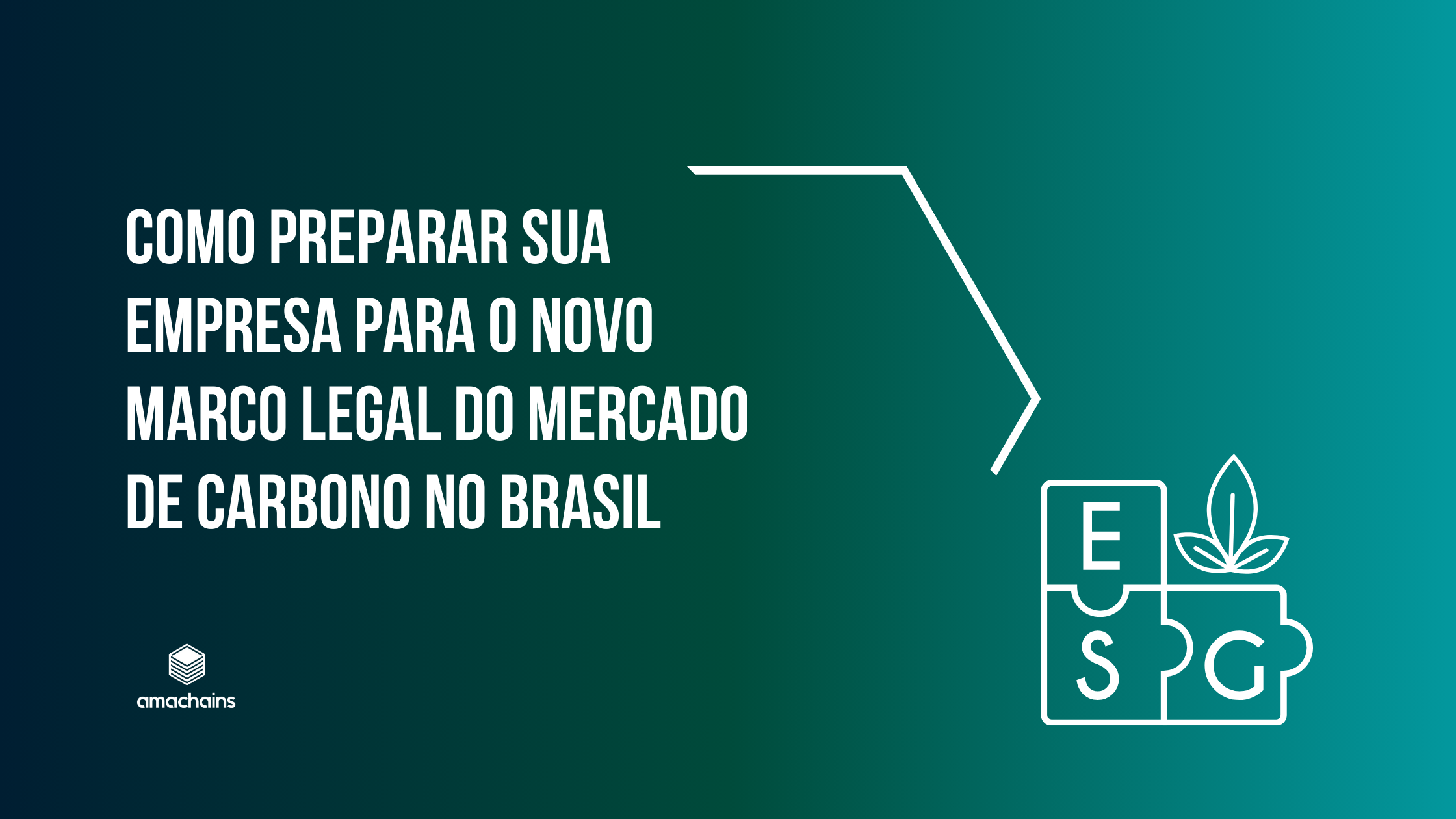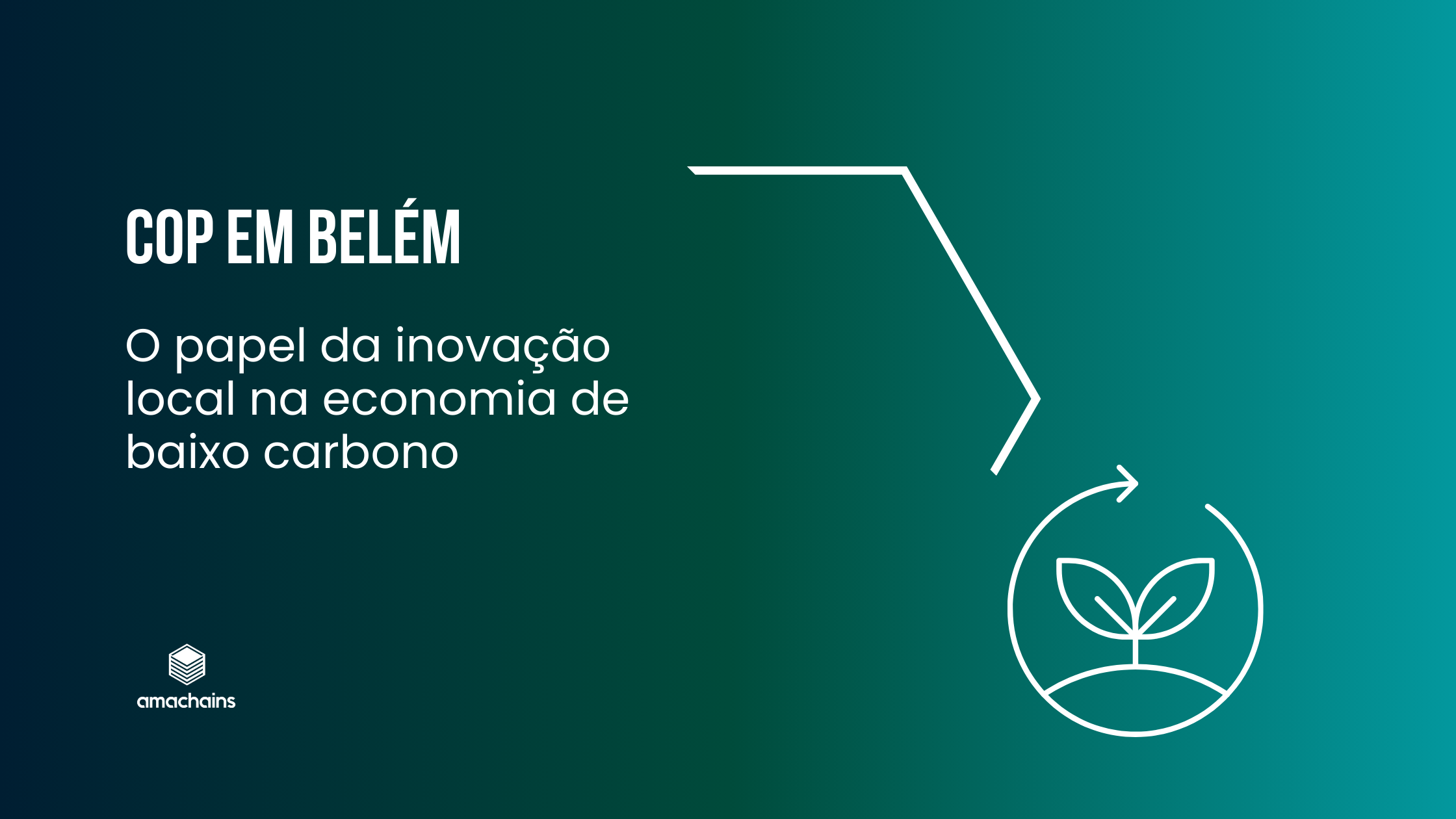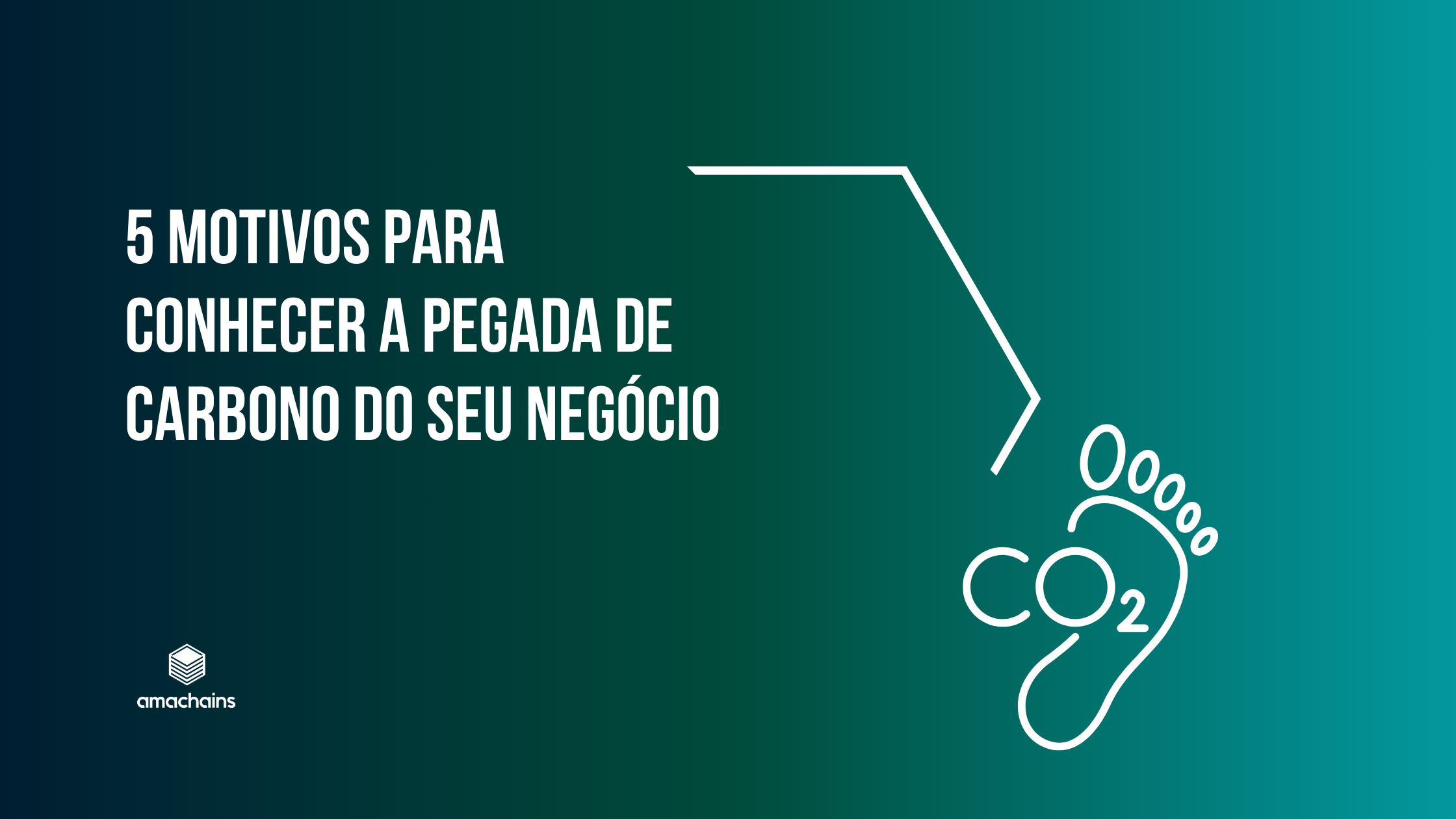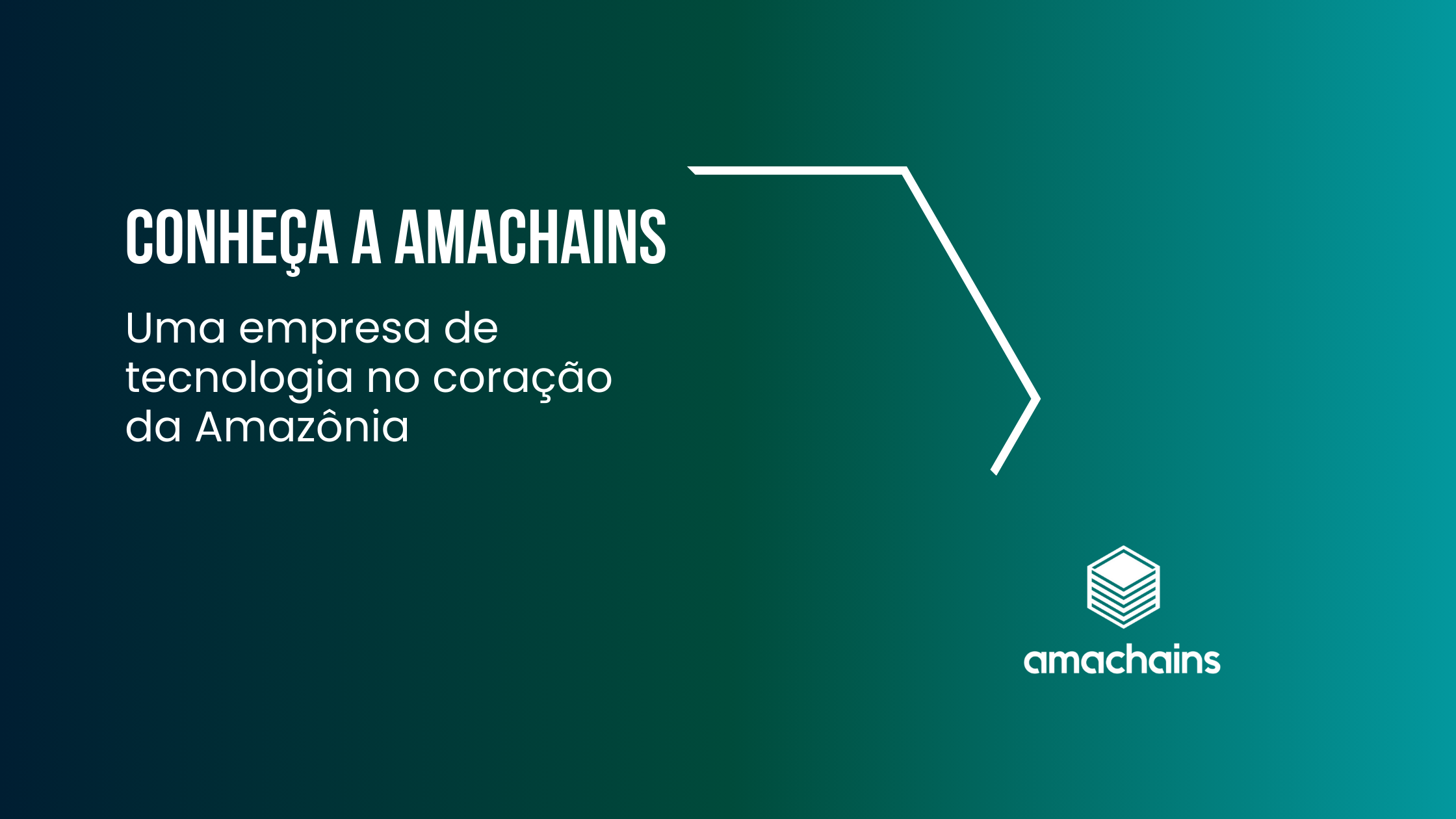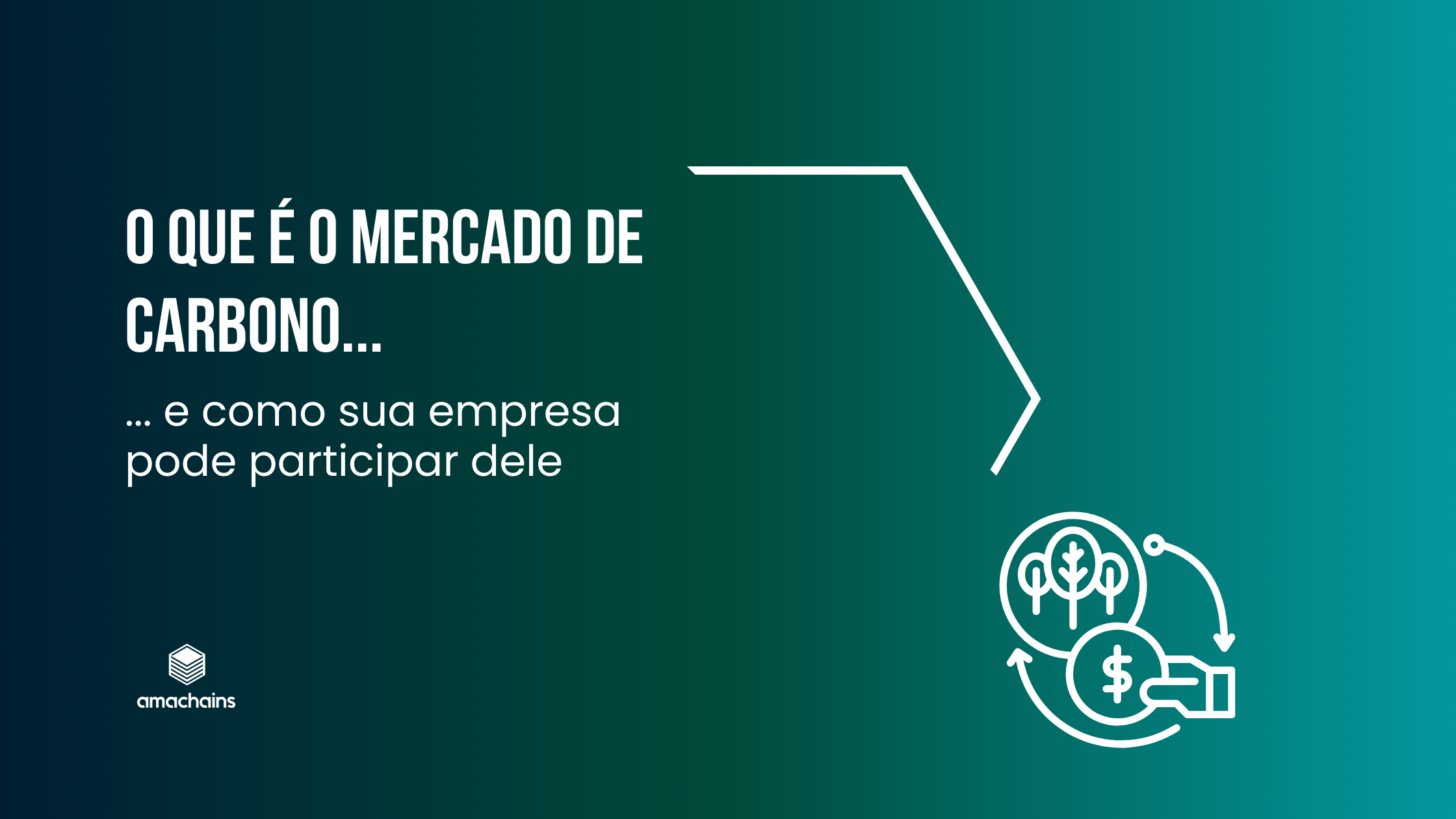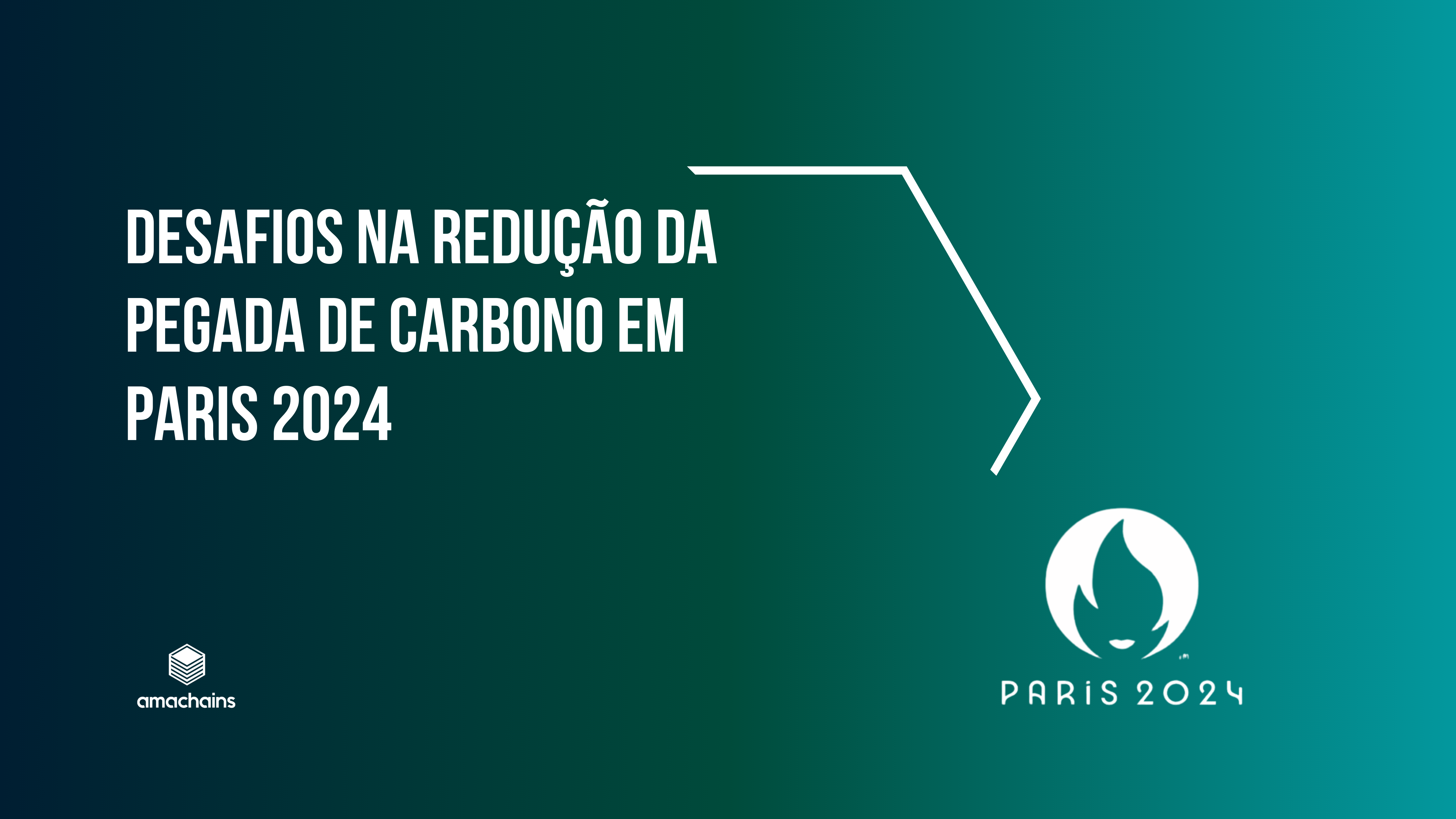With great potential for generating income and new jobs, the carbon market is the instrument for trading carbon credits between producers who are able to reduce your emissions and those that have not met their full emission targets. It is a mechanism to encourage the reduction of greenhouse gas emissions through the trading of carbon credits.
In recent years, as a result of international commitments to reduce the impacts of climate change, the carbon market has gained strength and prominence in newspapers and in corporate planning. The climate emergency has given urgency to the mechanisms developed to encourage the reduction of pollutant gas emissions and, thus, reduce the negative impacts of climate change.
But, after all, how does the carbon market work?
Before understanding how the sale and purchase of carbon credits works, it is necessary to understand what carbon credits are. Created in 1997, in the Kyoto Protocol, the concept of carbon credit is an emission quota of greenhouse gases for developed countries (the so-called Annex I countries of the Protocol).
Considering the emission reduction targets for each country, carbon credits are a way of quantifying and trading the right to emit new gases. As a result, agents who are unable to meet their greenhouse gas emission reduction targets buy credits from those who have fallen short of their production targets.
From the concept of carbon credit, two groups, those that have projects to reduce or capture carbon from the atmosphere and those that are unable to promote the reduction of emissions. The first has a surplus of carbon credits, that is, it has carbon credit left over, while the second presents a deficit, need credits to continue with their productive activities.
From the meeting between these two groups comes the carbon market, a system that allows the sale of carbon credits from those who managed to reduce carbon emissions into the atmosphere to the second group.
The carbon market is a system that seeks to financially reward actions to reduce and capture carbon from the atmosphere. Thus, the buying and selling market seeks to encourage the reduction of global emissions and reduce the negative impacts of the climate emergency by remunerating the reduction and capture of carbon from the atmosphere.
Carbon credits can be traded by countries, companies and individuals, and the regulated market has its rules defined by government institutions or international organizations. In the most current scenario of the carbon market, governments distribute limited authorizations to pollute, and it is based on this value that the carbon credits available for trading are calculated. The focus is on the productive sectors that have the greatest difficulty in reducing their emissions.
While the institutional designs of regulated markets advance, voluntary carbon markets are developing. In this model, agents create their validation and measurement mechanisms, increasing the importance of information reliability and traceability.
According to the World Bank, 39 countries already have a regulated carbon market, with the European Union standing out. Brazil is expected to join the group with the approval of a regulatory package expected in the coming months. This opens up the prospect of an intense transformation in the country's production bases on the basis of a green economy.
